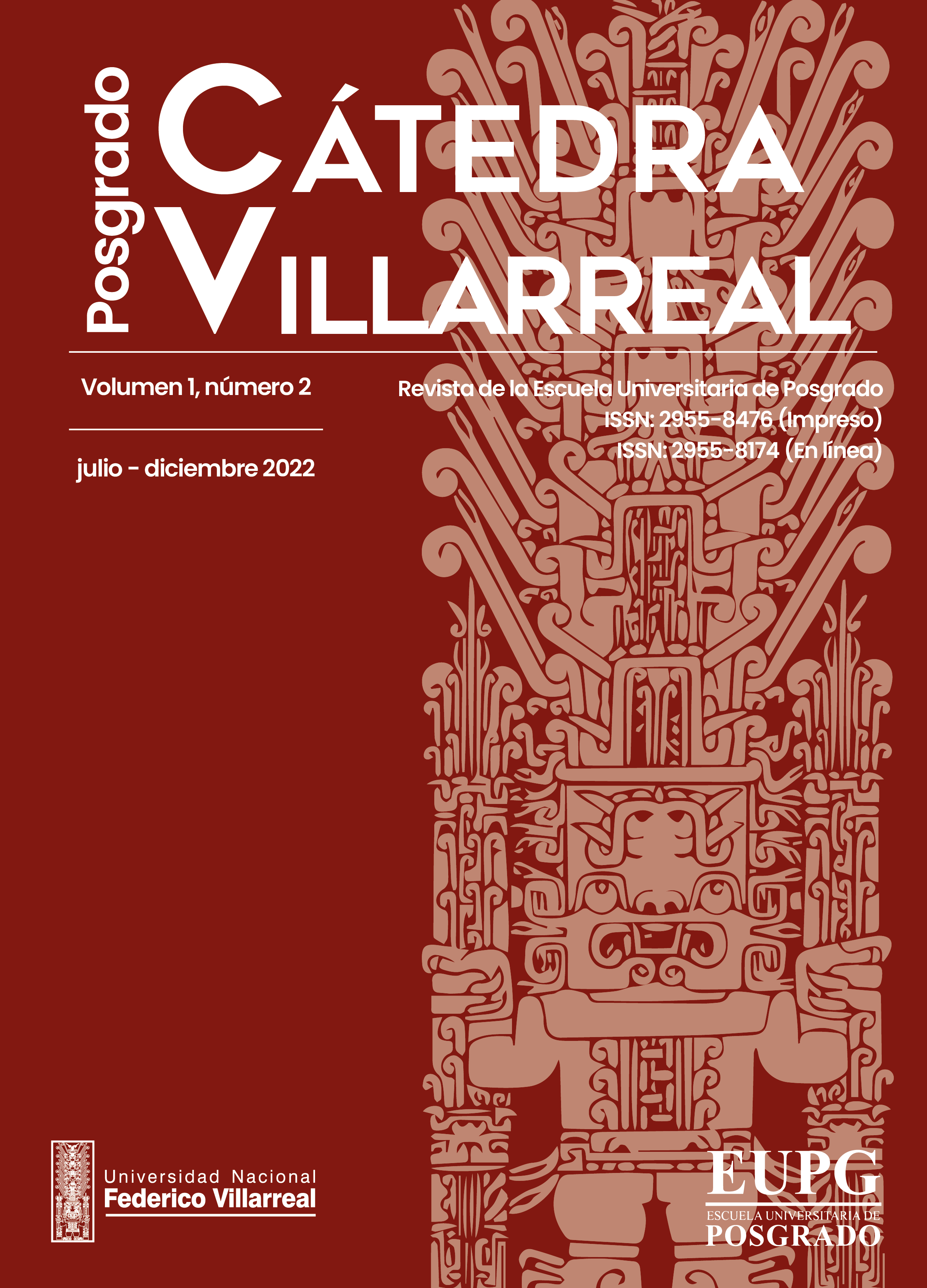Analysis of the behavior and evasion of fourth category income in Peru 2018-2021
DOI:
https://doi.org/10.24039/rcvp2022121671Keywords:
Fourth category income, taxpayers, tax evasion, taxes, tax revenueAbstract
The objective of this research was to discover the income of the fourth category, measured by the number of taxpayers, and to explain its behavior in recent years and its tendency to possible evasion. The research was descriptive, based on quantitative information from INEI, MTPE, SUNAT and BCRP with the objective of showing the behavior of fourth category income in the public and private sector during the years from 2018 to 2021. The results obtained from the income category of The fourth category, despite the decrease in the number of taxpayers during the economic crisis derived from the pandemic, presents high levels of stability, growth, but little control in comparison with other types of performance. Furthermore, it is demonstrated that a high percentage of electronic tariff receipts issued by those taxpayers who are not banked promote tax evasion. Either the recipes of fourth-category children in the Peruvian context during the years from 2018 to 2021 show growth and stability, leading to evasion. The minimum public sector is due to state control, but the private sector is difficult to measure and control in the fiscal administration due to the fact that economic activity per taxpayer is not precise and is increasing the issuance of non-bank tax receipts, incentivizing tax evasion.
Downloads
Published
How to Cite
Issue
Section
License
Copyright (c) 2022 Kenji Alberto Chung Sanchez, Jessica Giovanna Fernandez Loo, Víctor Fernando Jesús Burgos Zavaleta

This work is licensed under a Creative Commons Attribution-NonCommercial-ShareAlike 4.0 International License.
Eres libre de
- Compartir : copiar y redistribuir el material en cualquier medio o formato.
- Adaptar : remezclar, transformar y construir sobre el material.
El licenciante no puede revocar estas libertades siempre que cumpla con los términos de la licencia.
Bajo los siguientes términos:
- Atribución : debe dar el crédito apropiado , proporcionar un enlace a la licencia e indicar si se realizaron cambios . Puede hacerlo de cualquier manera razonable, pero no de ninguna manera que sugiera que el licenciante lo respalda a usted o su uso.
- No comercial : no puede utilizar el material con fines comerciales .
- CompartirIgual : si remezclas, transformas o construyes a partir del material, debes distribuir tus contribuciones bajo la misma licencia que el original.
- Sin restricciones adicionales : no puede aplicar términos legales ni medidas tecnológicas que restrinjan legalmente a otros hacer cualquier cosa que la licencia permita.
Avisos:
- No tiene que cumplir con la licencia para elementos del material que sean de dominio público o donde su uso esté permitido por una excepción o limitación aplicable.
- No se dan garantías. Es posible que la licencia no le otorgue todos los permisos necesarios para el uso previsto. Por ejemplo, otros derechos como publicidad, privacidad o derechos morales pueden limitar la forma en que utiliza el material.












